LANXESS’ Head of Inorganic Pigments Discusses Iron Oxide Market and Becoming Climate Neutral by 2040
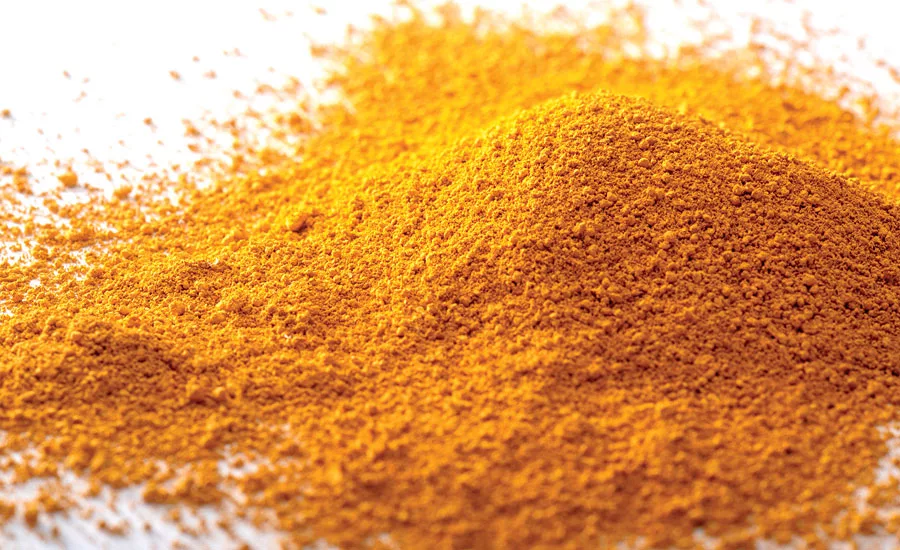
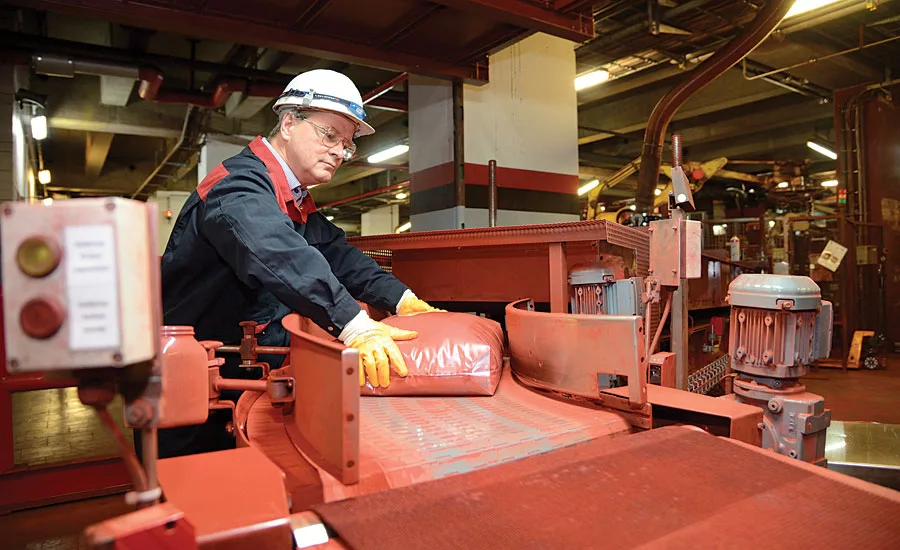
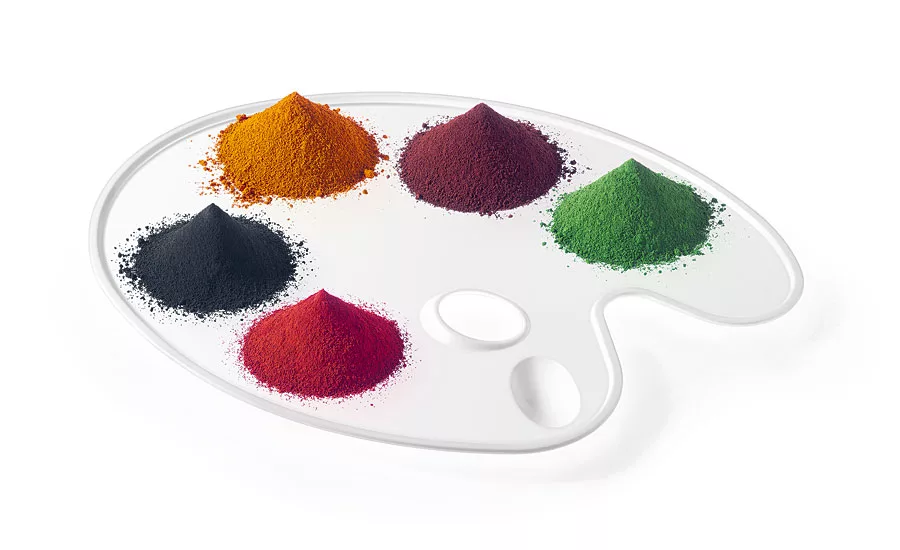
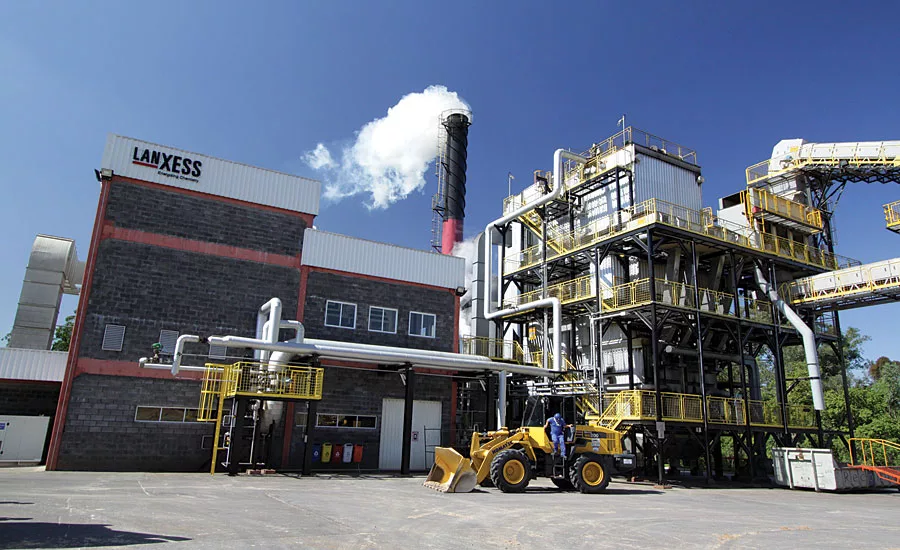
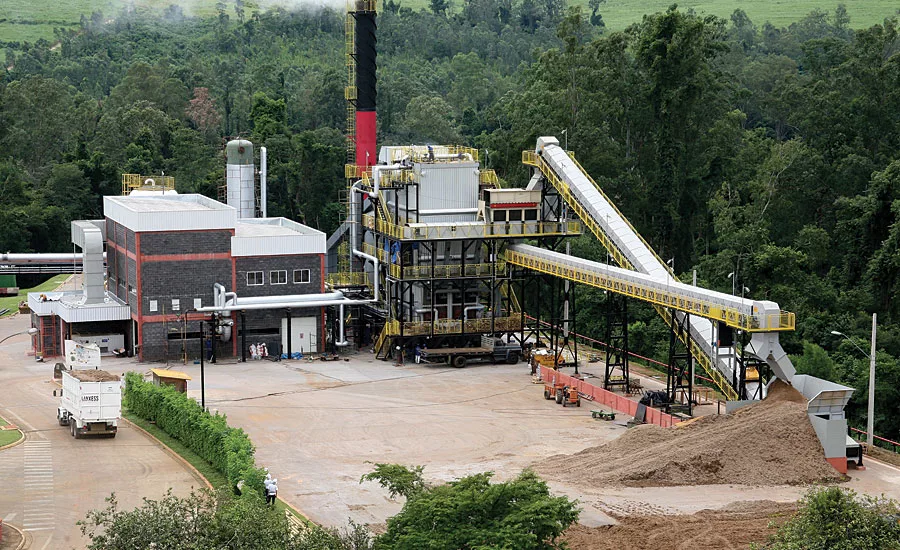
PCI is interested in learning about companies’ experiences, challenges and successes during the COVID-19 pandemic, as well as their outlook for the market and business strategies moving forward. I recently discussed these topics with Holger Hüppeler, Head of LANXESS’ business unit Inorganic Pigments.
PCI: How did LANXESS’ Inorganic Pigments business unit respond to manage the COVID-19 challenges in the first phase of the outbreak?
Hüppeler: Particularly in the first few months of the outbreak, customers were concerned about supply bottlenecks at their raw material suppliers – this was evident in the large number of detailed inquiries we received during this period.
Luckily, our business unit was able to avoid any disruptions in its pigment supply chain to date. Our globally positioned production and warehouse network has paid off in this situation and enabled us to reliably serve our contract customers in these difficult times. Even during the lockdown period in China, production at our pigment synthesis site in Ningbo was not stopped. In our other plants in Germany and Brazil, production continued without interruption, which enabled us in many cases to flexibly serve even short-term product orders. While we understand that this situation may change at any time due to potential unpredictable developments, we are proud that we have been able to continue serving our customers.
Of course, it also required a great deal of additional efforts to prevent any production disruptions that might have been caused due to COVID-19 infection among our employees or missing transport capacities, especially in China. Our key priority right from the beginning has been and remains to be the health and safety of our employees while maintaining business operations. Thanks to the implementation of extensive protective measures and the formation of back-up teams, we have been successful in ensuring that, to date, no production shift has been lost due to COVID-19 infections. On the other side, we also had to reconsider our logistic concepts. In many cases we switched to rather unconventional transport routes to ensure the security of supply for our customers.
PCI: How do you asses the development of the iron oxide market in 2020 and LANXESS’ position in a competitive environment?
Hüppeler: COVID-19 has considerably changed the outlook for 2020 and beyond. As a result of the lockdowns, coatings production sites in many countries were shut down on short notice. As an effect, we started to see a decrease in iron oxide demand in the second quarter. Against the backdrop of the incipient global recession, the situation is not going to improve significantly this year. In the medium term, however, I expect the pigment market to recover on a moderate level – depending on how fast the global economy is regenerating.
When that point is reached, LANXESS’ Inorganic Pigments business unit is very well positioned amongst its international competition. The previously announced expansions of our production capacities have been completed at all sites. Even before the outbreak of the pandemic, the fragility of international value chains became apparent against the background of increasing trade conflicts, which, by the way, also led to tariffs for the import of iron oxide pigments from China to the U.S. As a consequence, Western paint manufacturers started re-evaluating and adjusting their supply chains. I think LANXESS is in an excellent position here with its global production network, which keeps our pigments supply chain agile and more flexible.
In addition, the topic of sustainability – which might have moved into the background during the corona crisis – will likely return to focus as an important differentiating factor in competition. Here we clearly see ourselves as a benchmark in the pigment industry.
PCI: Lanxess recently announced its goal to become climate neutral by 2040: How can this target be achieved?
Hüppeler: Since our foundation, LANXESS has made substantial progress in becoming more environmentally friendly; now, we are taking it a step further by setting the ambitious target to achieve climate neutrality by 2040. This means we aim to eliminate our greenhouse gas emissions, which amounted to around 3.05 million tons of carbon dioxide equivalents in 2019.
To achieve this, the LANXESS Board of Management has set a clear strategy consisting of three main cornerstones. The first is to decouple emissions and growth, whereby impact on the company’s carbon footprint is a key consideration factor for acquisitions and organic growth projects. Additionally, CO2e reduction is being introduced as part of the variable compensation criterion for management.
Second, LANXESS will launch major impact projects over the next few years that significantly lower greenhouse gases. And finally, the third cornerstone of this strategy involves taking a close look at our existing production processes to innovate and improve – for example, things like making our Verbund structures more energy efficient, and focusing R&D efforts on technology innovation in our plant sites worldwide.
PCI: How does the business unit Inorganic Pigments implement this strategy?
Hüppeler: In the last several years, we noticed that coatings producers are calling for greater transparency as they demand to know more about the environmental impact and the product carbon footprint of the raw materials they are using. Every time I meet customers, I realize the importance of illustrating how we are reducing the carbon footprint of our products. That is why we regularly invite customers to visit our production facilities.
At our synthesis site in Brazil, for example, we produce yellow iron oxide pigments for the American market. About 90 percent of the required energy is generated from renewable feedstock by a CoGeneration plant. In addition, we have recently invested in a new photovoltaic solar power plant to cover the missing demand, so we are able to produce yellow iron oxides in a way that is almost carbon-neutral. About 80,000 t/a less CO2 is emitted in the production process at Porto Feliz compared to traditional yellow iron oxide plants with the same annual capacity. This is corresponding to a CO2 per capita consumption per year of about 34,000 Brazilian inhabitants.
In many cases, our production employees themselves provide ideas for specific improvement measures with great impact, too. Together, we recently initiated a project to reduce the waste disposal at our German production site in Krefeld-Uerdingen by about 50 percent through targeted process optimization.
PCI: LANXESS is recognized by a number of sustainability indices and rankings. What is the importance of environmental certificates?
Hüppeler: As mentioned, there is high and growing demand for environmental disclosure as companies work to ensure responsible and sustainable business practices throughout their supply chains. Inclusion in renowned global sustainability indices and rankings, such as the Carbon Disclosure Project (CDP) and the Dow Jones Sustainability Index (DJSI) World, allows suppliers to demonstrate their commitment to sustainability and provide transparency to all stakeholders.
It makes me very proud that LANXESS has received the highest rating in the CDP’s most recent evaluation and is now among the elite group of 179 companies worldwide on the “Climate Change A List,” and among the top two percent of 8,400 companies evaluated by CDP. And for the ninth consecutive year, we are included in the DJSI World – only the best 10 percent of the global companies analyzed each year make the cut. The DJSI World benchmarks the sustainability performance of companies based on an assessment of environmental, social and economic performance. Also important: the selection criteria evolve each year, so in order to remain on the index, companies must make continuous improvements to their long-term sustainability plans. This is especially important for companies looking at long-term sustainability strategies in their supplier relationships.
It’s worth to mention that LANXESS is also a founding member of the initiative “Together for Sustainability” (TfS), which was launched in 2011 by six leading chemical companies, and now has 19 major member companies. TfS has set global standards for assessing and auditing suppliers to promote sustainable procurement practices and to make suppliers’ awareness and actions with regard to sustainability transparent and continuously improved.
Looking for a reprint of this article?
From high-res PDFs to custom plaques, order your copy today!






